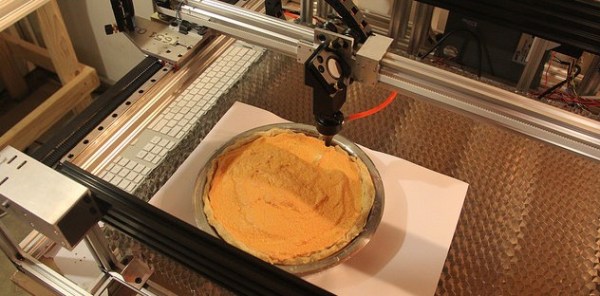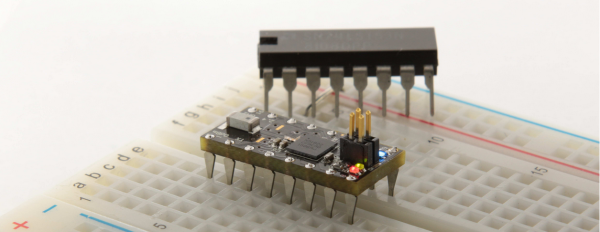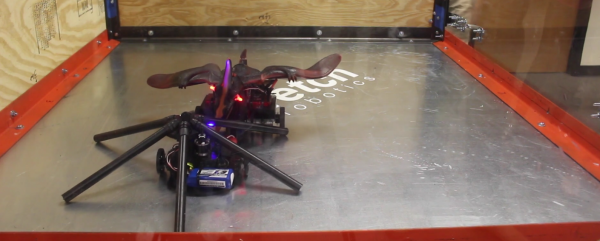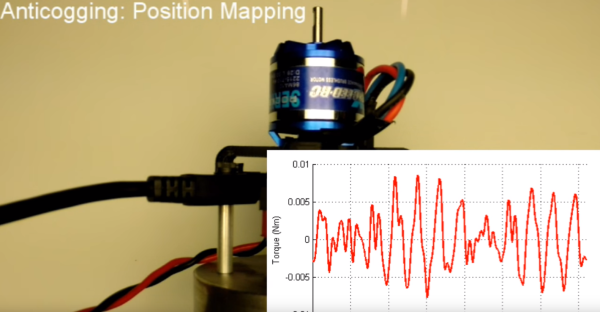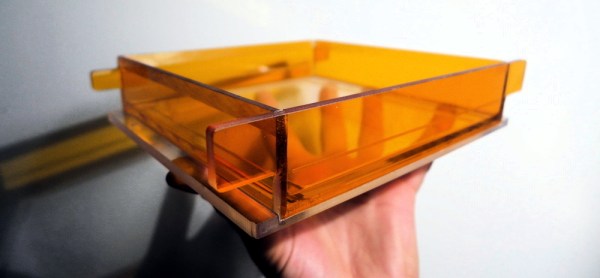My “owl-hours” these last few months have been buried in the garage, chopping down aluminum extrusions for a homebrew laser cutter. Nevertheless, it’s time-well-spent. With the skeleton of the gantry now in place, what better way to give it a test-run other than engraving a few sweets?
(Goggles on, folks!)
Yesterday marked this year’s Pi Day, a time to commemorate our commitment to nerdom. I’m no baker; so when a couple friends put me to work on the assembly line of Pi-day pie-making, I couldn’t resist giving one a special touch.
This beloved journey towards building a laser cutter isn’t quite done, but it’s well on its way! Without fumigation, my only exceptions for cutting materials at this stage are paper, and food that smells great after burning it.
Without further ado, I’m honored to serve up a few digits of Pi-on-Pie.
To make the pattern, I generated a DXF vector file with Solidworks, and produced GCode with dxf2gcode. Admittedly, I wholeheartedly believe that this job better lends itself to GCMC, the open source GCode Metacompiler; but, sadly, time was against me. My only true regret: no raspberries in this pipeline.
From Wii-Motes to 3D sintered objects, we’ve seen some bizarre and fantastic objects enter and exit the hood of many laser cutters. If you’ve got a tale behind your build, we’d love to hear about some of your adventures. Join us on the IO and tell us your story as it happens!
(Ok, goggles off.)
Continue reading “The Wonderful Scent Of Etching Pi On Pie For Pi Day”

